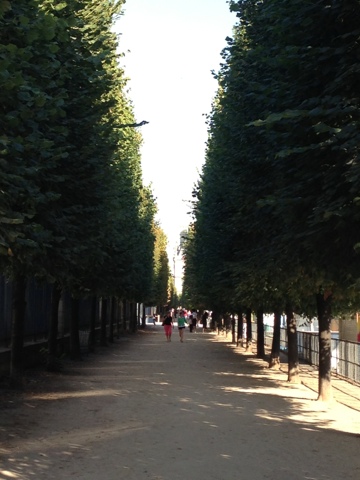I guess having a program to follow when you travel is a good thing. But experimenting with the landscape is better. The unexpected turn, following a bit of wall that looks interesting, deciding at the last minute to peek into that murky courtyard, all of these lead to discoveries and memories. The process is "time consuming" but following the map too closely consumes your ability to experience.
Looking for ways to teach science to my undergraduates I've stumbled upon the fact that I don't "write" lectures and labs. I design them. This came as a bit of a surprise because I never thought of myself as a designer. The labs I prepared for this semester are designed to let students get lost. This is radically different from the way labs have been taught for centuries. My labs for this year are designed to help students experience internal cognitive landscapes where getting lost is the goal. Stumbling around in that landscape I expect that students will build experiences that help them grow intellectually.
We'll see how it works. I have a smart bunch this year and they've been programmed to follow instructions, memorize well, and produce top level academic work. Lets see what happens when frameworks are looser, discovery trumps memorization, and deliverables are as "small" as a tweet.






























